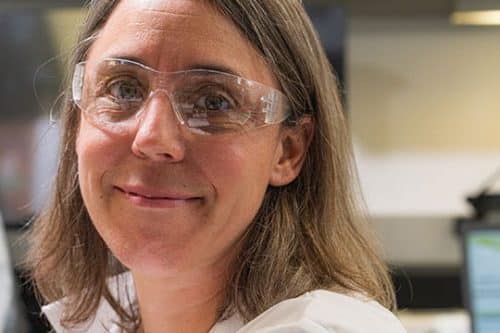This is a multidisciplinary project to develop bioelectronic systems that are living!
Rice University researchers are working on electrobiology approaches that promise to improve the speed and efficiency of connections between electronics and cells. They anticipate that this will allow applications such as living sensors to detect and respond swiftly when water or soil is contaminated, allowing them to neutralise the contamination. The aim of this project is to improve communication between microelectronics and microorganisms.
This project has been funded by Department of Defense. The 5-year, $6.25 million grant is to be administered by Rice and shared with collaborators at Tufts University and Virginia Tech University. The project will be led by principal investigator Caroline Ajo-Franklin and co-principal investigators Jonathan Silberg and Rafael Verduzco.

Multiple disciplines will be involved in developing the first project, which is an electrobiology system that detects and degrades environmental toxins in real time, according to Ajo-Franklin. These disciplines include protein engineering, soft materials, small molecule chemistry, microsystems integration and machine learning.
To speed up multichannel communications, the team will employ a number of tactics. Allosteric regulation, which cells utilise to govern protein dynamics, is one that was inspired by nature. It will be used to control freshly created electron-transfer proteins, according to the researchers. The activation of enzymes via linkages to electron acceptors is a second technique for facilitating parallel communication pathways (or anodes). Finally, machine learning will be used to enable the co-design of coupled molecules and proteins that operate as communication channels.
“This work will provide foundational knowledge and capabilities to create microelectronics interfaced with microorganisms that neutralize threats to humans or the environment in real time,” Ajo-Franklin said. “Today, state-of-the-art biosensors can detect a single pollutant in about five minutes. This project will develop capabilities to simultaneously detect hundreds of molecules and deactivate any that are harmful.”
Once developed, this technology can be the advancement that would make living sense-and-respond systems possible!






